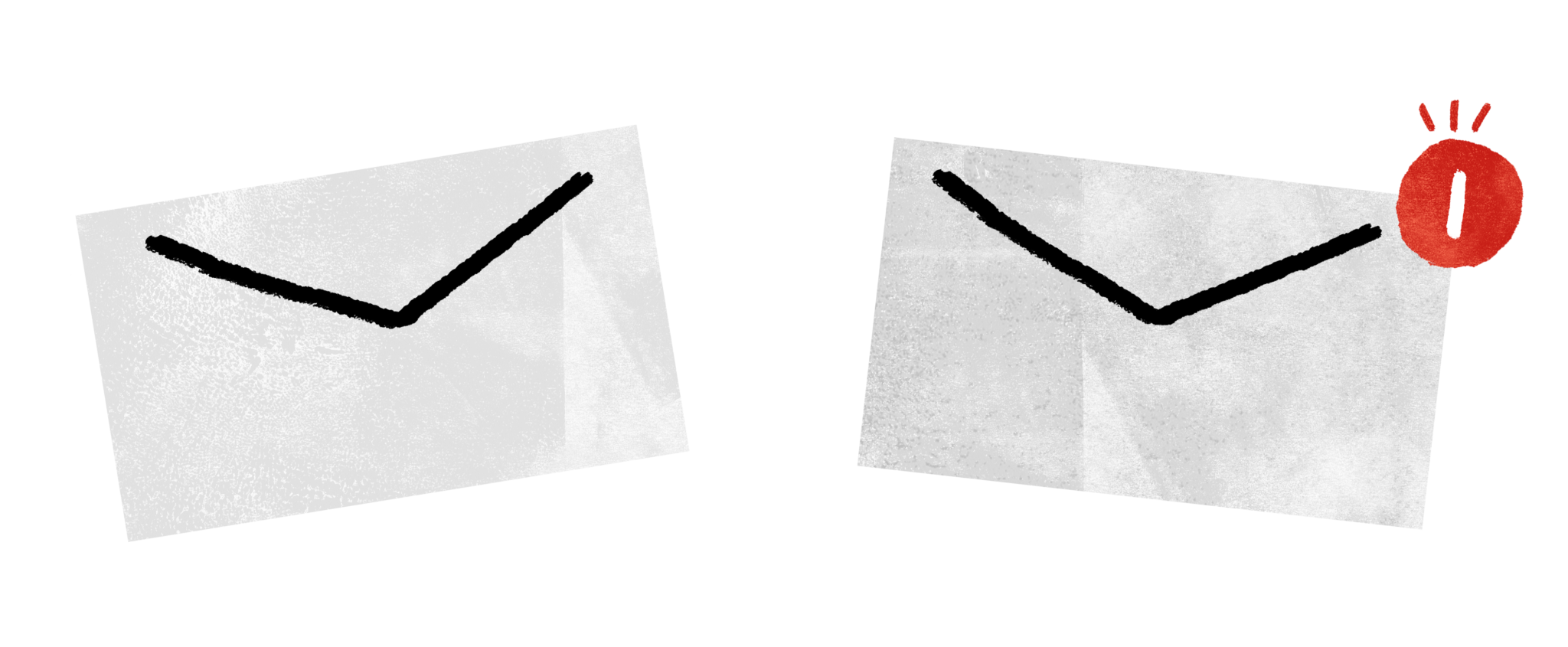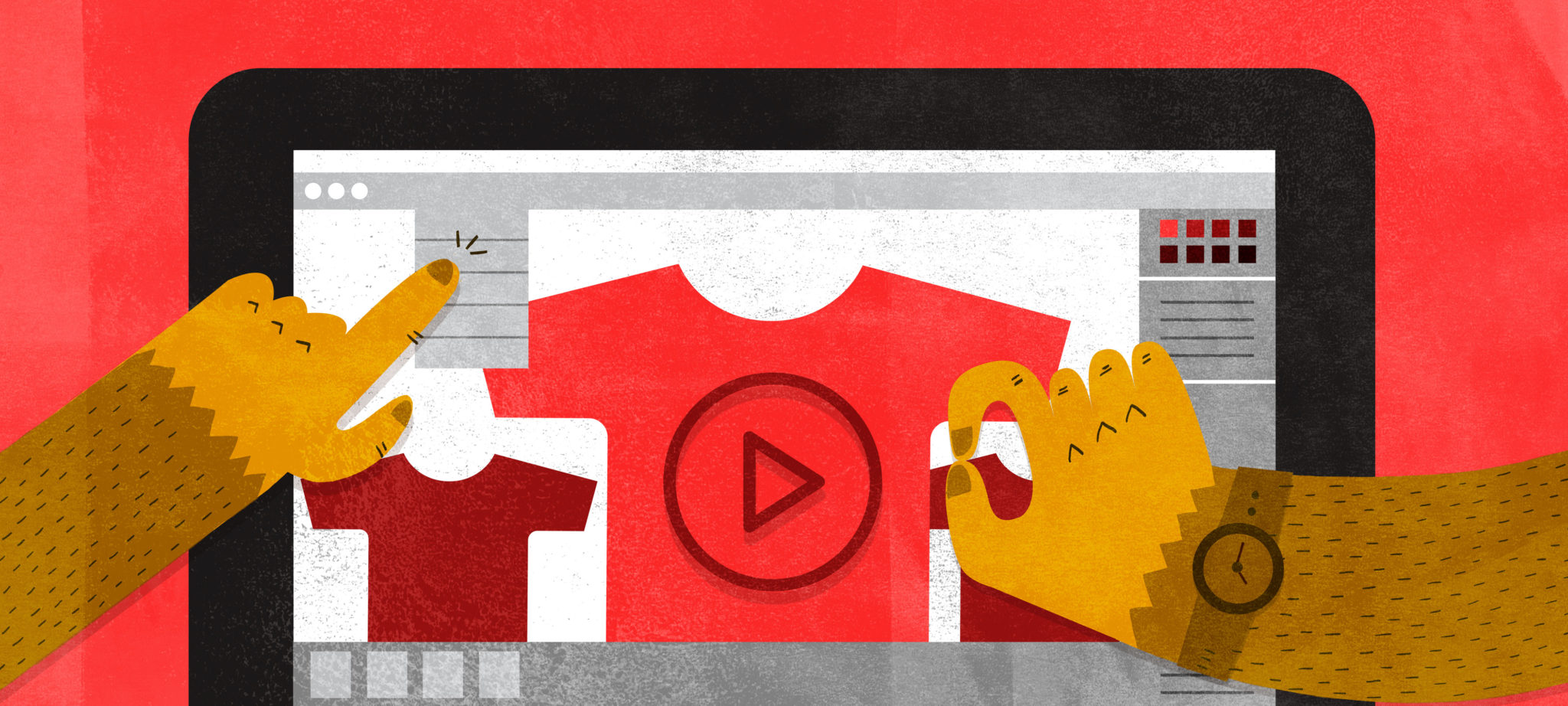The world of the Internet is constantly changing. Therefore, the art of making a sale is constantly changing as well. Such is the reality of being an online shop owner in the modern digital era. But we’re all learning together! And to really nail down and master the “Dos” of running a promo for your online store, you first have to figure out the “Don’ts” so you can avoid or fix them. We’ve taken a few faux pas we’ve seen shop owners make (nothing personal!) during free shipping promos or their own promos and we’ve broken them down a bit here. Here are 5 mistakes shop owners make during sales (and how to fix them!) And if you have made any of these hiccups, don’t worry – we all have! 🙂
. . .
Didn’t send an email about it to contact list
Emails get your sale info directly to your customers. It’s true that posting on social media is important. But if someone takes a social media break or checks Twitter at the wrong time, they might miss your post. Sending awesome emails is not to be underestimated. Our very own Jake Nickell even said, “email is the most effective channel!” It is reported that email had a ROI (what you get for what you invest) of 42x – for every $1 you invest, you get back $42 (Supply Gem, Neil Patel). And the number of emails opened on mobile devices rose and kept steady at 61% of all emails (Supply Gem) – in other words, people are using their phones to check Twitter, sure, but they’re also checking email on-the-go.
What to do: Send an email announcing your promo to your friends, your fam, and your fans. Email announcements get the message directly to the well-peeped inbox of customers who are likely already interested in your products and just itchin’ for a good deal. And of course, utilize your email list! (yes, Artist Shop customers – you have access to your customers’ emails!)
Posting about your deal too early
Whether it’s Free Shipping or a discount you’re running, don’t give the deets until the promo is actually live! We’ve come across a few eager Artist Shop beavers who, in their excitement about upcoming Free Shipping codes, will start posting about the promo before it’s live. Promo deals are more of a surprise party for your customers, not a pre-planned event.
What to do: Wait until your deal is live to tell the world. Or, if you want to build some suspense, give your pre-promo posts a little mystery. “Fill your carts…a summer deal sweeter than lemonade drops tomorrow ?.”
Don’t spam me, bro
Things were so much simpler when ‘spam’ was just canned meat or emails from the early Internet age that said “YOU WON A MILLION $$$!” But thanks to social, we can add “overposting” to that list. Whether you’ve automated your updates to post too often or you just like to publish lots of updates, posting too often (especially during sales) on social is a big no-no. Especially if you’re posting across multiple channels, bombarding your multi-channel followers. Now, this can be done right. Chris Cooper of The Art of Coop, for example, posts his own tweets and retweets throughout the day. But there’s a difference between daily delivery of fun info vs spam-posting about your promo every hour on the hour (or more). This is a quick way to lose followers and taint your brand image as spammy & sales bot-y.
What to do: Don’t be a spammer. Create a posting schedule, plan what promo content you’re going to publish ahead of time, and stick to it! During our own sales, for example, Threadless typically follows this posting frequency:
- Facebook: Twice a day. (Two different images/video, morning and evening.)
- Instagram: Twice a day. (Can be more if each post is completely different from the next but evenly spaced out throughout the day.)
- Twitter: 4-5+ times (and mix it up – post designs, a GIF, a fun custom sale image, etc.)
(Pssst: find out more about promo timing in this infographic!)
#Too #many #hashtags
#This #Is #Kinda #Annoying #Right? This isn’t just one of the biggest mistakes during sales – it’s a big mistake made on social, period. Don’t get me wrong, hashtags are important. IG posts with at least one hashtag get 12.6% more engagement (Sprout, Simply Measured), frankly because they index in a search. They’re like keywords that connect people interested in what you’re posting DIRECTLY to your content. Using too many hashtags dilutes the message you’re trying to get across. And on the other side of things, our social media expert says that we’re less likely to re-share posts that have a ton of hashtags.
What to do: Don’t risk barring people from retweeting you or seeing your message! The rule with hashtags is to use less of them, but make the ones you DO use rich, purposeful, or in a way that adds to your voice and message. Here are a few guidelines to honing in which hashtags to use.
- Make them relevant to the content, and if there’s a relevant hashtag holiday (#donutday) or weekly hashtag (#tbt), that can be used as well.
- Use your own hashtag, especially if you have a specific one for your particular promo (doesn’t have to be your brand name – if it’s something unique to you and your promo – think Nike’s #Justdoit – that’s a plus).
- Know the channel. Instagram is friendlier towards using more hashtags, whereas on Twitter that can get spammy and on Facebook it’s more or less frowned upon. Hootsuite put it well when they said, “hashtags [on Twitter] tend to be more focused on topic of conversation, a group of people…that you would like to engage”. In 2016, Track Maven analyzed the ideal hashtag usage for each of the ‘big 3’ platforms and found that the ideal number was…
- Twitter: tweets with one hashtag get the most engagement.
- Instagram: you’re allowed 30. Don’t do this. Nine hashtags ended up being the ideal amount for this platform.
- Facebook: one hashtag performs the best (this isn’t really a platform big on hashtagging).
As far as what you should actually use for your hashtags, do a little research! See what other shop owners or artists posting similar styles, designs, posts, etc. are using. Make a list of fun hashtags that are a little more honed to your content and style. Get a little more specific – #art is super broad, but #floralpatterns, #crazycatperson, etc. will narrow you down a little more and allow you to hone the audience you’re trying to reach.
Broken social links
Posting broken links to your items/Shop in social posts (or not posting links at all in social posts) is a lot like fishing without a hook. Attention spans in the social media world are short: you want to capture attention and then make it as easy and quick as possible for people to go to your site.
What to do: Plan your posts out ahead of time so you can test out those links and make sure they work! And consider shortening your links with tools that will also allow you to track clicks, like Bitly (free!) or Linktree (free version, or very low-priced Pro version).
Do you have any tips of your own as far as ‘Dos and Don’ts’ of running promos? Any “mistakes shop owners make” stories of your own and how you fixed them? Chime in below in the comments! We’d love to hear your methods.
. . .
Featured illustration and spot illustrations made by Katie Lukes.
Want to start an online business? Try Artist Shops for free!





